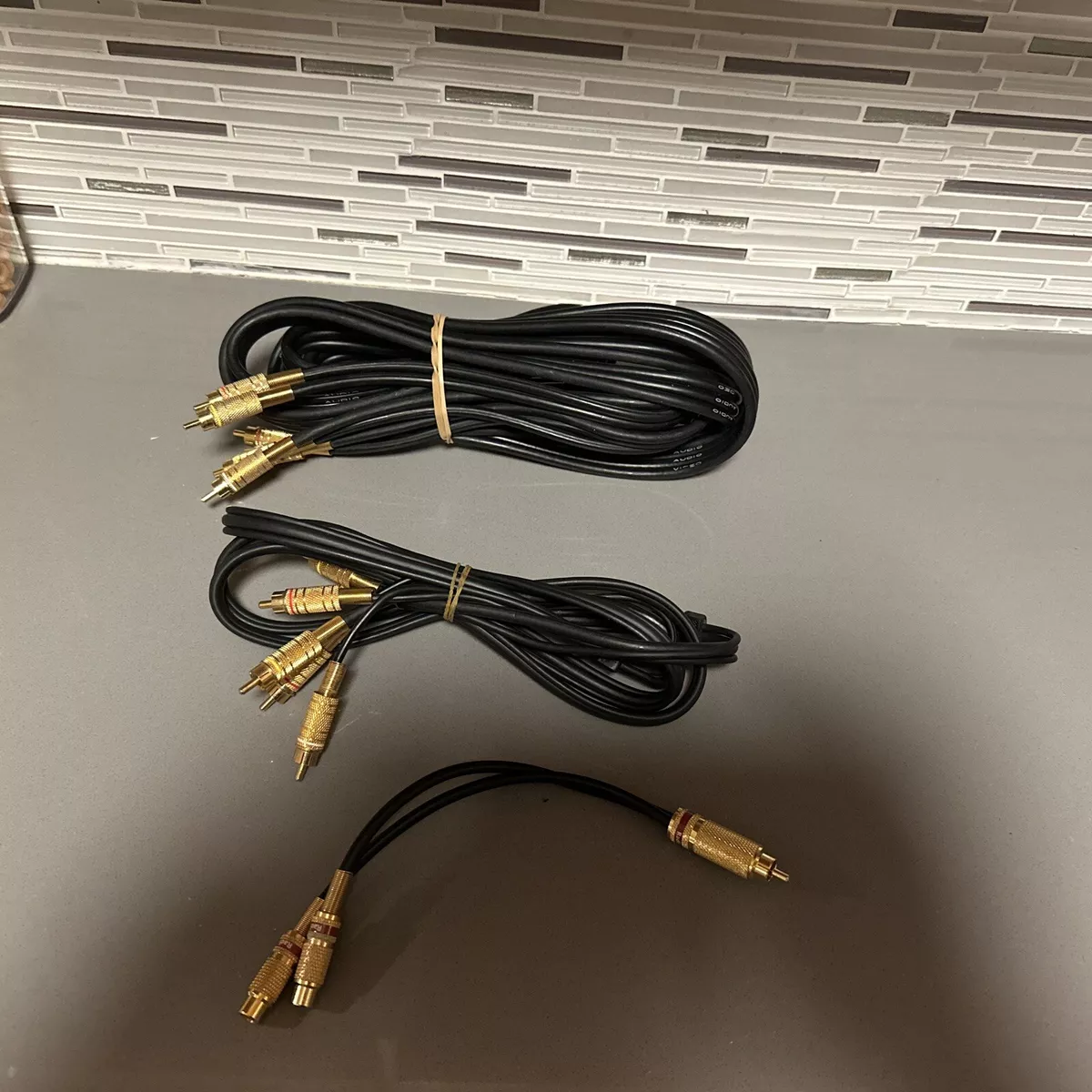When setting up AV installations, the criticality of cabling and connectivity cannot be overstated. Effective infrastructure not only supports that audio and image quality are maintained but also delivers the stability of the overall system. In any AV arrangement, whether for a learning environment, office, or residential cinema, streamlining the network cabling can lead to enhanced performance and fewer technical glitches. This guide will explore essential strategies for improving cable management and connectivity in AV systems.
The primary step in enhancing AV installations is to select the right cables for the task. Various types of cables serve unique purposes, so selecting compatible ones is essential. For example, HDMI cables are common for carrying high-definition visual and audio signals. In contrast, balanced audio cables like XLR can eliminate signal noise in sound systems. It is important to assess the distance and durability of these cables, as longer cables can result in signal degradation. By purchasing premium cables that match the precise needs of the AV setup, users can dramatically enhance overall performance.

Another important strategy is organizing the wiring efficiently. A systematic wiring system not only looks cleaner but also supports functionality. Using cable management tools like clips, ties, or sleeves can assist keep wires tidy and avoid tangling. This layout also makes it easier to diagnose any issues that may emerge. Labeling each cable according to its function or origin can minimize time during setups or maintenance. A clear layout helps technicians readily locate connections, which is especially beneficial in complex systems with numerous devices.
Additionally, assessing the layout of the environment is essential for optimizing signal flow. The placement of components can impact how signals move through cables. Installing devices too far apart may call for longer cables or signal boosters, which can be costly and degrade quality. It is helpful to map out the arrangement of that site equipment carefully, taking into account the spacing between devices and potential interferences such as walls or furniture. This intentional placement can limit issues related to signal loss and enhance transmission throughout the AV system.
Scheduled maintenance checks are another important strategy for maintaining reliable operation of AV wiring and signal pathways. Over time, cables may become worn due to usage or aging. Periodically inspecting all connections helps catch potential problems before they worsen into significant issues. Upgrading damaged cables and servicing connectors can maintain signal quality and ensure the system operates smoothly. Keeping a log for regular maintenance can help users oversee this aspect of their AV infrastructure.
Finally, staying informed about new technologies and protocols is crucial for anyone managing AV setups. The sector is constantly advancing with breakthroughs in technology that can elevate performance and efficiency. Attending seminars, reading industry resources, or joining professional associations can offer insightful knowledge into industry standards and latest tools currently offered. By leveraging these innovations and integrating them to legacy systems, users can evolve their AV installations continuously while ensuring they remain current with industry trends.
In summary, optimizing wiring and connectivity in AV systems involves careful selection of cables, effective organization, strategic space positioning planning, scheduled maintenance checks, and remaining current on technological advancements. By utilizing these practices, users can realize enhanced results and efficiency in their media setups, ultimately leading to a more enjoyable try this website experience for everyone involved.